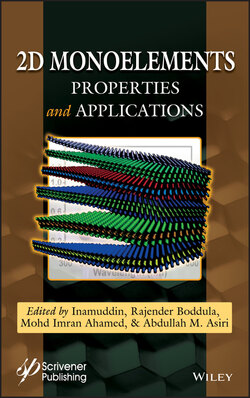Читать книгу 2D Monoelements - Группа авторов - Страница 36
1.3.3.2 Stress vs Strain
ОглавлениеWhen the surface is oxidized, the electrons get transferred forming ions in phosphorene which influences mainly the mechanical response of the material describe by its stiffness against externally applied strains. It results that the oxidation changes the elastic moduli leading to a higher flexible structure [31]. This is also the case for reduced concentrations. Indeed, phosphorene with an oxidation degree of 12.5% can resist to a deformation up to 32% and 35% in AC- and ZZ-axes, respectively, which are higher than that corresponding to pure phosphorene [31]. Moreover, with respect to the pure material, the ideal strength in phosphorene oxide is reduced owing to the enhancement of interatomic distance in the oxide lattice [30, 31] in good agreement with the process of hydrogenating single-layer h-BN [85]. Therefore, the oxidation causes a two times reductions in the value of ideal strength [31].
For a tensile strain varying from −8% to 8%, the band gap in PO increases under compressive strain and decreases with tensile strain, ranging from 0.85 to 0.1 eV for the strain values of [30]. The variation of the gap width results only from the CBM since the VBM is not influenced by the elastic strength. For small tensile strain interval of [−0.006, 0.006], the linear change of polarizations of PO reveals two values of stress piezoelectric responses, namely, e11= 20.13 10−10C/m and e31= 4.06 10−10C/m that correspond to the piezoelectric coefficients given in [86]. All these results indicate that phosphorene oxide are excellent candidates for potential applications requiring the conversion of energy [86].
